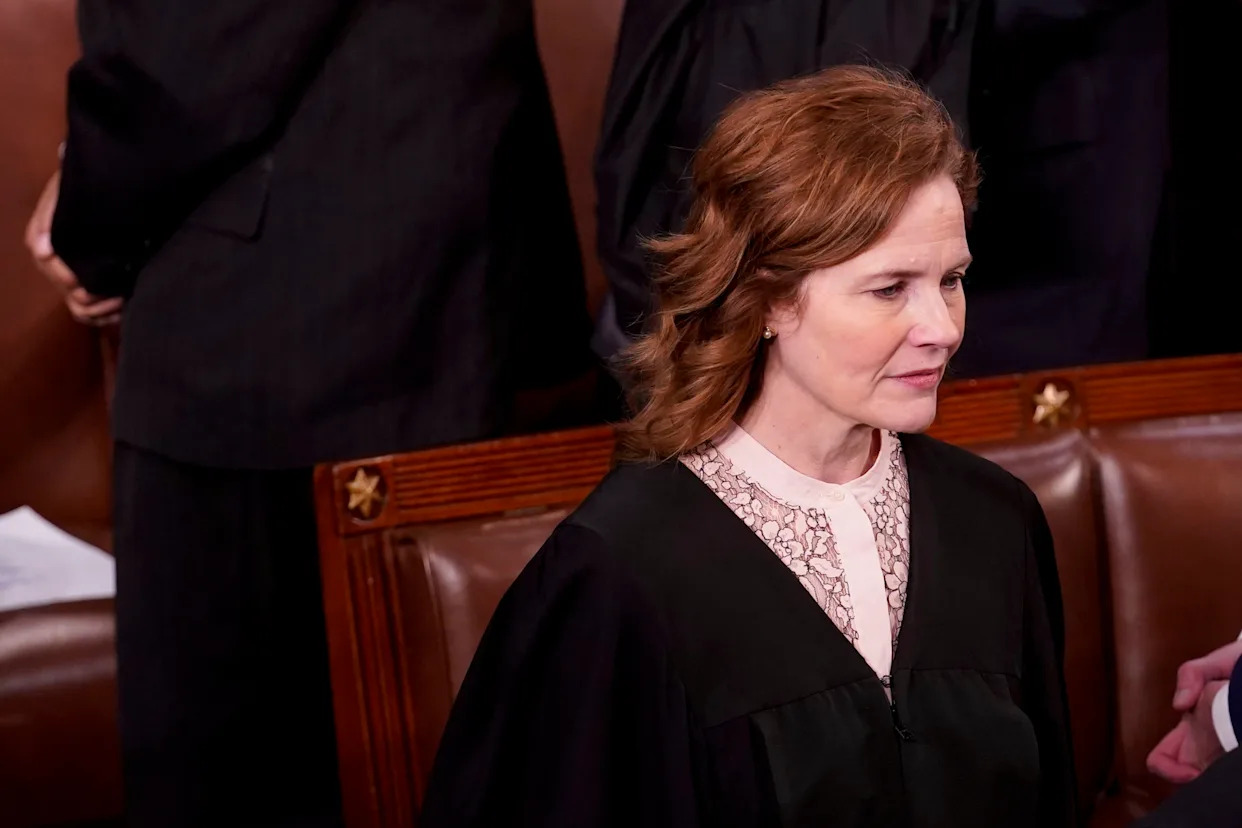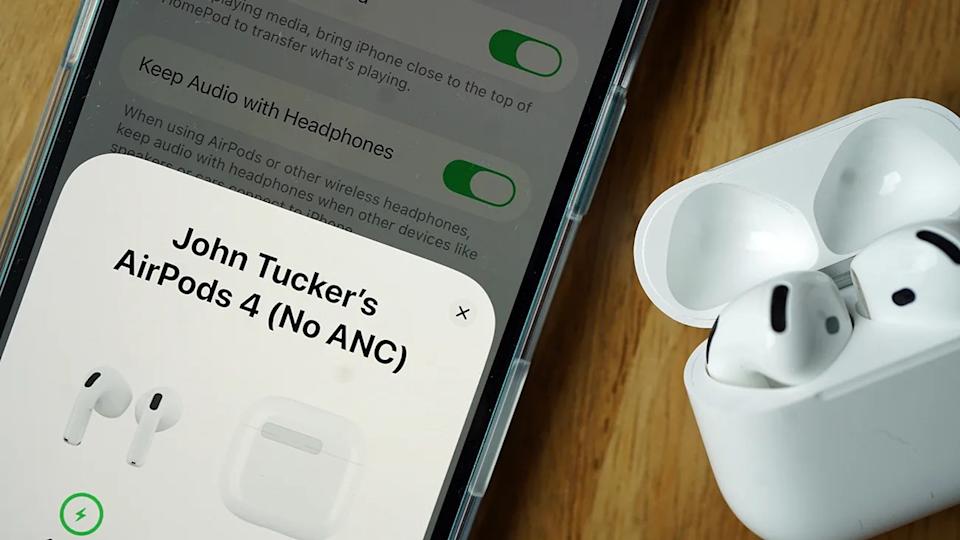
Late Thursday afternoon, the Supreme Court handed down an incomprehensible order concerning the Trump administration’s decision to cancel numerous public health grants. The array of six opinions in National Institutes of Health v. American Public Health Association is so labyrinthine that any judge who attempts to parse it risks being devoured by a minotaur.
As Justice Ketanji Brown Jackson writes in a partial dissent, the decision is “Calvinball jurisprudence,” which appears to be designed to ensure that “this Administration always wins.”
The case involves thousands of NIH grants that the Trump administration abruptly canceled which, according to Jackson, involve “research into suicide risk and prevention, HIV transmission, Alzheimer’s, and cardiovascular disease,” among other things. The grants were canceled in response to executive orders prohibiting grants relating to DEI, gender identity, or Covid-19.
A federal district court ruled that this policy was unlawful — “arbitrary and capricious” in the language of federal administrative law — in part because the executive orders gave NIH officials no precise guidance on which grants should be canceled. As Jackson summarized the district court’s reasoning, “‘DEI’—the central concept the executive orders aimed to extirpate—was nowhere defined,” leaving NIH officials “to arrive at whatever conclusion [they] wishe[d]” regarding which grants should be terminated.
According to Jackson, “the court found, as a factual matter, ‘an unmistakable pattern of discrimination against women’s health issues’ and ‘pervasive racial discrimination’—indeed, ‘palpable’ racial discrimination of a sort the judge had ‘never seen’ in 40 years on the bench.”
The question of whether this judge was correct to deem the Trump administration’s policy arbitrary and capricious, however, was not before the Supreme Court. Instead, the case hinged on a jurisdictional dispute.
Which court is supposed to hear this case?
As a general rule, lawsuits alleging that a federal policy is illegal are heard by federal district courts, while suits alleging that the federal government breached a contract are heard by the Court of Federal Claims.
In NIH, the plaintiffs alleged that the broader policy that led to their grants being canceled was illegal, so that suggests that this case should have been brought in a district court (which is where it was actually brought). But the case also bears some superficial similarity to a breach of contract suit, because it involved the government’s decision not to pay money that it had previously agreed to pay.
Four justices — the three Democrats plus Chief Justice John Roberts — concluded that these plaintiffs were right to bring their suit in the district court. Four other justices — Clarence Thomas, Samuel Alito, Neil Gorsuch, and Brett Kavanaugh — concluded that the case must be brought in the Court of Claims. That would mean that these plaintiffs would have to start over again in the claims court, and possibly that they would have to bring individual suits seeking to reinstate individual grants, rather than seeking a broad order attacking the entire grant cancellation policy.
Justice Amy Coney Barrett, meanwhile, cast the deciding vote. She claims that this suit must be split between the two courts. In her view, the district court was the proper venue for the plaintiffs to argue that the overall policy is illegal, but the claims court is the proper venue for them to actually seek the money they would have received if the grants are not canceled.
If that sounds confusing, it gets worse. Barrett’s opinion states that federal law bars the claims court from hearing “claims pending in other courts when those claims arise from ‘substantially the same operative facts.’” So these plaintiffs likely must wait until after they have fully litigated the question of whether the Trump administration’s broad policy is illegal in district court, before they can actually try to get any money in the claims court.
That could take years, especially if the first question is heard by the justices again. Moreover, as Jackson warns in her opinion, by the time the first round of litigation is finished, the plaintiffs may be unable to seek relief in the claims court because the statute of limitations for doing so will have expired.
The bottom line is that, because there are five votes for the proposition that some parts of this case go to the district court, and also five votes for the proposition that other parts of it go to the claims court, Barrett’s opinion controls the case. By the time this mess gets sorted out, it is likely that most — if not all — of the research at issue in NIH will be lost, even if the plaintiffs do prevail.
As Jackson writes, without any money to fund their operations, the grant recipients will need to “euthanize animal subjects, terminate life-saving trials, and close community health clinics.”
There are actually even more complexities in this case, but rather than engage in the Sysiphean task of trying to list all of them, I will simply repeat Jackson’s summary of what appears to be going on here:
In a broader sense, however, today’s ruling is of a piece with this Court’s recent tendencies. “[R]ight when the Judiciary should be hunkering down to do all it can to preserve the law’s constraints,” the Court opts instead to make vindicating the rule of law and preventing manifestly injurious Government action as difficult as possible. This is Calvinball jurisprudence with a twist. Calvinball has only one rule: There are no fixed rules. We seem to have two: that one, and this Administration always wins.
Godspeed to the poor lawyers and judges who now have to untangle the mess this Court just created.






Comments